Honey pot for arts
By Han Bingbin ( China Daily ) Updated: 2014-01-30 07:37:34
 |
| Portraits of fortune |
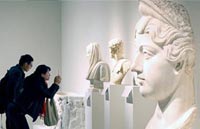 |
| Louvre wonders come to China |
 |
| Horse theme a hit with artists |
There are also private foundations that cover broad swaths of the arts. Such charitable foundations include, for example, the Knight Foundation founded by John and James Knight.
"American artists are some of the most respected in the world, and they could not have refined their craft without time to focus and create rather than worry about paying the bills," says Alison Friedman, founder and director of Ping Pong Productions based in Beijing.

PPP produces international collaborations and works with young independent Chinese artists to find opportunities for performance and to develop their brand identities. No arts genre in any country except pop music survives solely on ticket sales, Friedman says.
"Art is not fast food. It is not a product. It results from a slow and deeply reflective process," she says. "I hope the China National Arts Foundation funds process, not just product. I hope it supports artists in their rehearsal process, without expectation of a product to show."
Xi Mu, deputy director of a Chinese arts-market research institute, tells a Chinese economic website that one of the biggest challenges is how to ensure impartiality since the foundation opens to an all-encompassing range.
To do that, he says, it's key to "make it big" by allowing money to come from a wide range of public sources. But it's equally important to simplify and open up the application procedures.
Specifically, the researcher says, the foundation should give equal treatment to applicants from inside and outside the governmental system, and those from academic circles and social organizations. There should be different criteria applying to different genres, he says, and that will be difficult to achieve at first.
"This will be a continuous and long process of practicing and improving," Xi says.
|
|
|
|
|
|
|
|
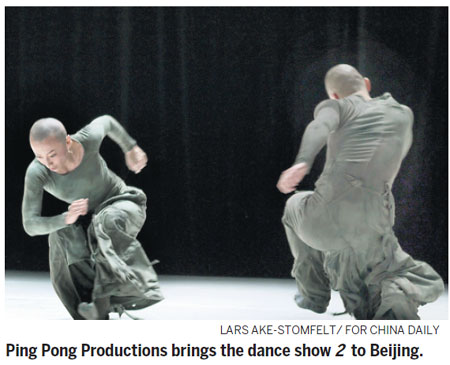

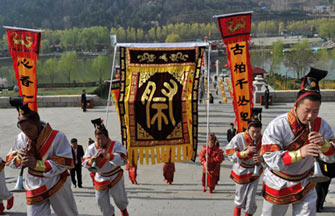
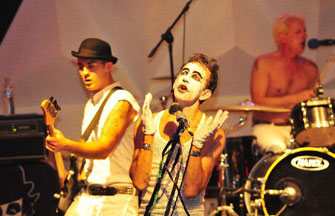
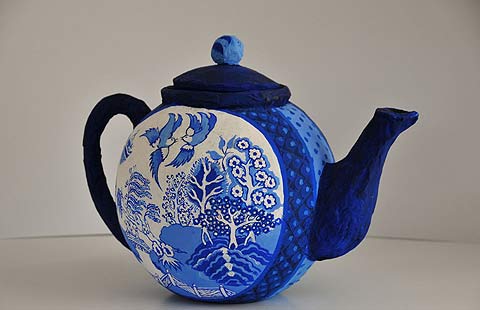
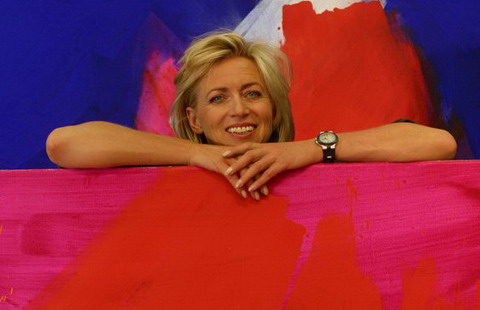


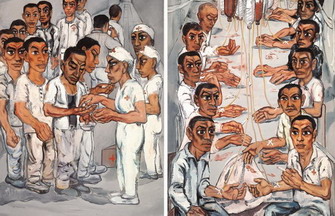


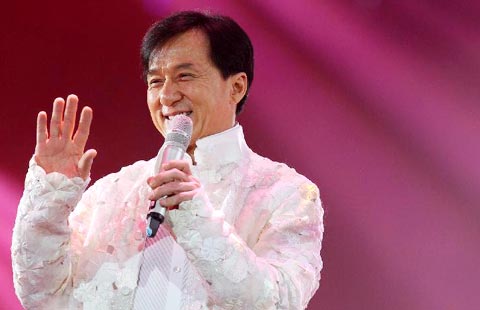











 Raymond Zhou:
Raymond Zhou: Pauline D Loh:
Pauline D Loh: Hot Pot
Hot Pot Eco China
Eco China China Dream
China Dream China Face
China Face





